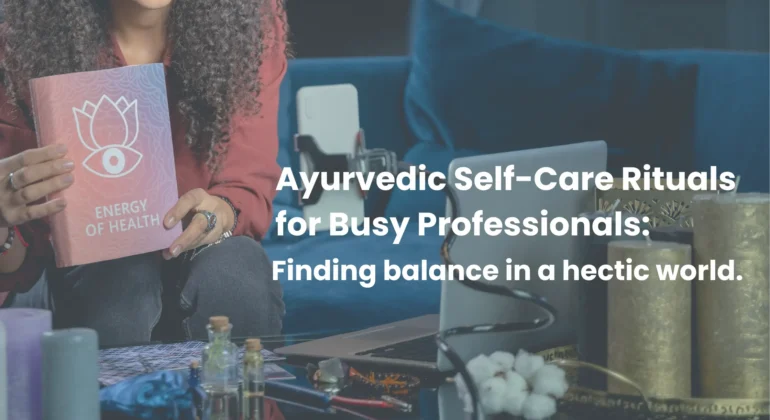Ayurvedic Self-Care Rituals for Busy Professionals: Finding Balance in a Hectic World.
We are living in this digital and fast-acting world, which has speeded up our daily routine and it has impacted our lives including health in many ways. Many of us awaken bleary-eyed and then hit the snooze button to catch more sleep. We often feel …
Swasthya: Your greatest investment.
Health we should consider as an asset. A middle age IT engineer transformed himself after weight gain during COVID for participating in Marathon. He designs his own diet and exercise from the information available on social media. Though he was well prepared in sessions, on …



